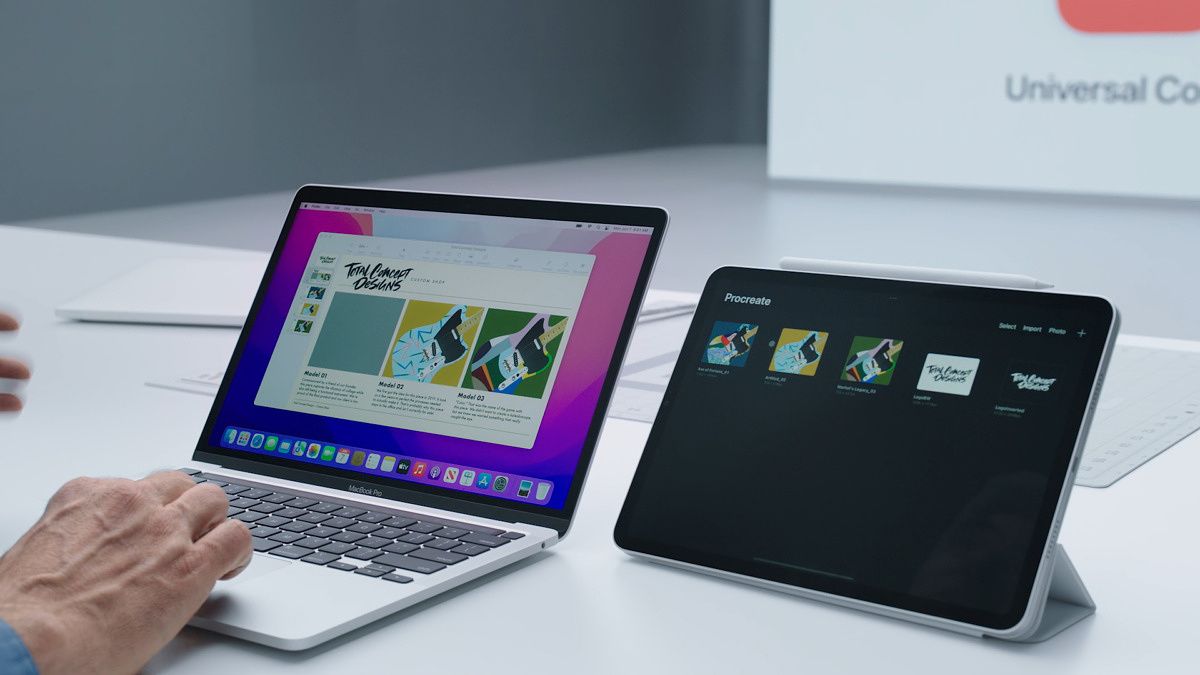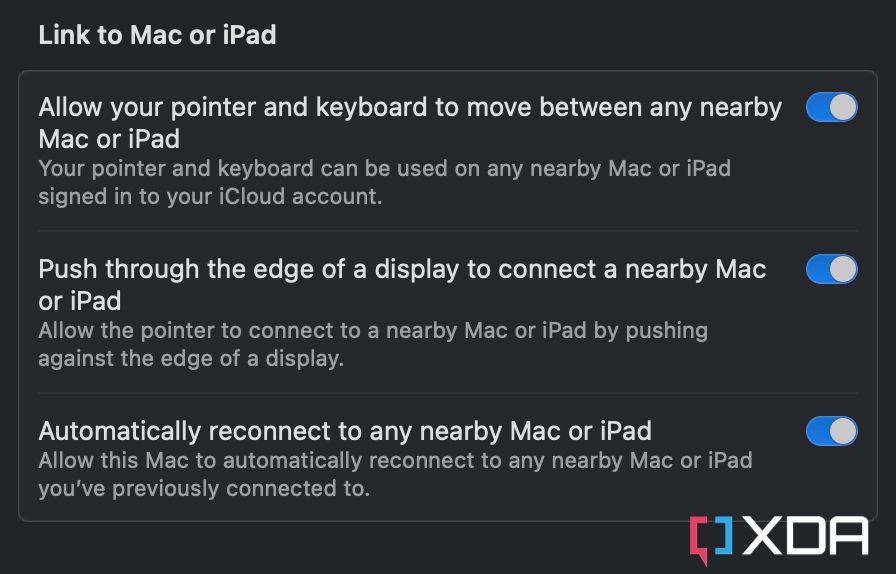Universal Control first debuted as part of macOS Monterey 12.3 and iPadOS 15.4. It means that with a mouse and keyboard you can control two or three Apple devices devices, drag and drop files between them, and pretty much use them as a single, extended device. Expectedly, the feature works on macOS Ventura and iPadOS 16, as well, allowing users to enjoy seamless interoperability between a Mac and other Macs or iPads. Here's how to use Universal Control on macOS.
How to use Universal Control on macOS Monterey or later
- Ensure you're running macOS Monterey 12.3 or later on all the Macs you plan on using the feature on. If you're using a Mac/iPad combo, then the iPad(s) should be running iPadOS 15.4 or later.
- You can use up to three Mac/iPad devices simultaneously — at least one of which has to be a Mac.
- Put the two or three devices side by side.
- Ensure that you have Bluetooth, Wi-Fi, and Handoff enabled on all of them. Unless you've previously disabled them, these toggles are enabled by default.
- Similarly, Universal Control is enabled by default, so the feature will just work automatically, unless you personally turn it off.
- Treat all two/three screens as a single entity. So just move the cursor to the edge of one screen towards the other to switch to another device. And do the same when dragging an item from one device to another — drag it across the screen and let it pass through the edge towards the other device.
- To change the settings of Universal Control, head to System Settings > Displays > Advanced...
This feature is a very welcome addition to macOS and iPadOS. It's particularly useful if you're an illustrator — just doodle on your iPad, then effortlessly drag and drop the file on your Mac to insert the doodle in a Keynote you're working on. The possibilities are truly endless!
How does Universal Control improve your workflow? Let us know in the comments section below.


